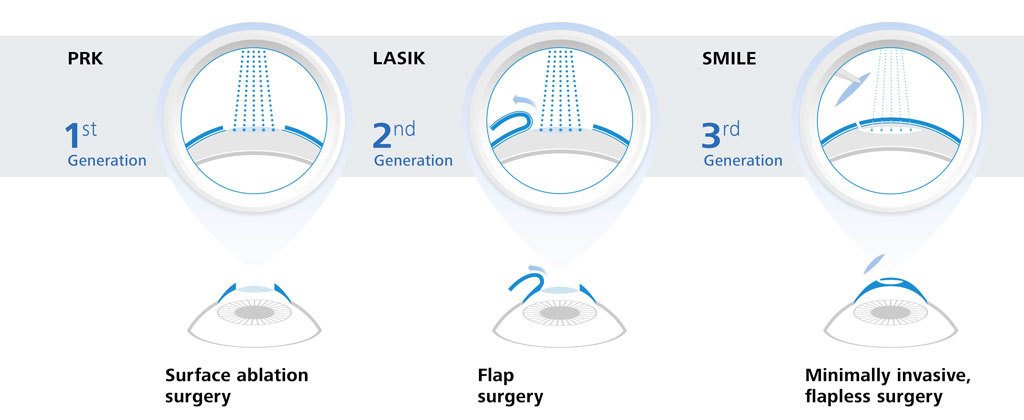As a cataract doctor, your day starts with an extensive eye evaluation, where you assess people' vision and lens quality. You recognize exactly how crucial it is to recognize cataracts accurately. When diagnosed, you plan for surgical procedure, ensuring every information is made up. But the difficulty doesn't finish there. The actual journey unravels in the operating room, where precision is key. What happens following might specify an individual's aesthetic future.
The Diagnostic Refine: Identifying Cataracts
When it involves diagnosing cataracts, clearness is vital. You'll start with a detailed eye exam, where you'll evaluate visual acuity and look for any kind of signs of cloudiness in the lens.
Throughout this process, you'll make use of specific tools, such as a slit lamp, to get an in-depth sight of the eye's structure. https://pros-and-cons-of-monovisi84062.blogripley.com/37088191/necessary-inquiries-to-make-with-your-cataract-doctor-prior-to-undertaking-surgical-procedure 'll additionally do a dilated eye examination to evaluate the lens and retina better.
Gathering your individual's medical history is crucial, as it aids determine danger elements like age, diabetic issues, or previous eye injuries.
After assessing the results, you'll determine the visibility and extent of cataracts. This meticulous approach ensures you give the best referrals for treatment, setting the stage for the following steps in their care.
The Procedure: Precision in Action
After identifying cataracts and going over therapy options, you plan for the surgery, where precision is vital.
You get in the operating room, donning sterilized handwear covers and a mask. The patient rests easily under bright lights, ready for the change.
https://dfw.cbslocal.com/2019/05/22/former-fda-advisor-lasik-eye-surgery/ begin by carrying out local anesthetic, guaranteeing they really feel no pain. With a stable hand, you make a small incision in the cornea, making use of sophisticated strategies to eliminate the gloomy lens.
You carefully insert the artificial intraocular lens, aligning it perfectly for optimal vision. Throughout the procedure, you monitor vitals and readjust as required, keeping concentrate on the job.
In just a short time, you'll have recovered your patient's sight, a gratifying outcome for both of you.
Post-Operative Treatment: Making Certain Optimum Healing
As soon as the surgical procedure is total, your role shifts to making sure the client's smooth recuperation.
You'll start by supplying clear post-operative instructions, emphasizing the significance of putting on the eye guard and taking proposed medicines. Advise them to prevent scrubing their eyes and engaging in difficult tasks.
Set up a follow-up consultation within a couple of days to keep track of healing and deal with any issues. Encourage clients to report any kind of indications of infection, such as boosted redness or discharge.
In addition, review the relevance of using synthetic splits to ease dryness. Support their psychological wellness by guaranteeing them that visual renovations may take some time.
Verdict
In a cataract doctor's day, you witness the journey from medical diagnosis to recuperation. You see the precision in surgery and the care taken post-operation to guarantee your optimum healing. With this experience, you acquire clearness not just in vision, yet in understanding the whole process. The depend on developed in between you and your specialist is essential, leading the way for a smoother recovery. With the ideal assistance, you're on your method to taking pleasure in a brighter, clearer globe.
